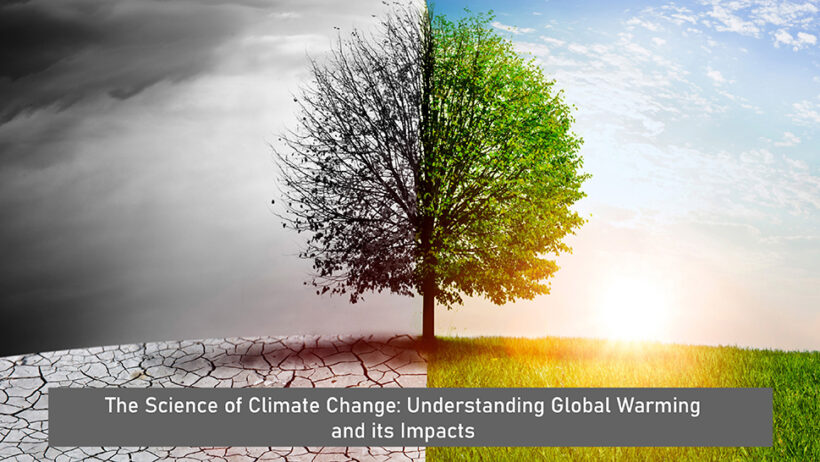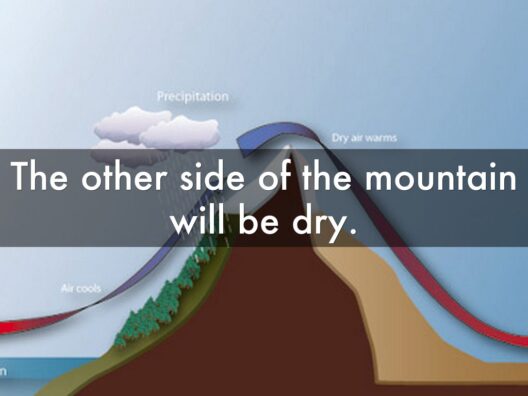The issue of climate change has captivated the world for decades, drawing the attention of scientists, policymakers, and everyday citizens alike. While the vastness of the topic can often seem overwhelming, understanding how to prevent climate change allows individuals to partake in a concerted effort towards environmental stewardship. The urgency of the matter cannot be overstated, as the consequences of inaction are dire—catastrophic storms, rising sea levels, and irreversible damage to ecosystems are but a few of the potential outcomes. This discourse elucidates actionable steps that can be adopted to combat climate change, focusing on individual, community, and systemic changes.
To begin, it is essential to understand the multifaceted nature of climate change. It is not merely an environmental issue; it is interwoven with economics, sociology, and technology. A common observation is that while many people express concern about climate change, few take concrete action. This dissonance may be attributed to a plethora of factors including misinformation, economic constraints, and psychological barriers such as apathy or helplessness. A deeper inquiry into these reasons reveals an urgent need for education and engagement in climate-related matters.
One of the most impactful measures individuals can take is reducing their carbon footprint. This entails minimizing greenhouse gas emissions in daily life. For instance, transitioning to renewable energy sources—solar, wind, or hydroelectric—has become increasingly viable. Homeowners can install solar panels, while renters can advocate for energy-efficient appliances. This not only contributes to diminishing reliance on fossil fuels but also results in long-term economic savings.
Moreover, altering transportation habits presents another crucial area for intervention. The prevalence of automobile usage is a primary contributor to carbon emissions. Opting for public transport, carpooling, biking, or walking can significantly mitigate one’s individual impact. In urban areas, the development of cycling paths and enhanced public transit systems is imperative. Civic engagement and support for policies that promote sustainable transportation infrastructure can foster a paradigm shift towards greener living.
Equally vital is the effort to advocate for sustainable consumption patterns. The food industry generates substantial emissions, particularly through meat and dairy production. A robust approach to prevent climate change includes adopting a predominantly plant-based diet or at least reducing meat consumption. Furthermore, awareness surrounding food waste is crucial. Composting organic waste not only reduces landfill contributions but also enriches soil health. By emphasizing local and seasonal produce, consumers can diminish the carbon emissions associated with transporting goods across vast distances.
At a community level, collective action amplifies individual efforts. Grassroots organizations and local initiatives are pivotal in fostering environmental consciousness. Participating in or organizing community clean-up events, tree planting drives, or educational workshops can galvanize a collective response to climate change. These activities not only engender a sense of ownership over local environments but also strengthen community bonds, fostering a shared commitment to sustainability.
Education is a cornerstone of effective action against climate change. Schools and educational institutions must integrate environmental studies into their curricula. Engaging youth in discussions about climate science and its political implications cultivates informed future leaders. Moreover, providing access to resources and information empowers individuals to make environmentally conscious decisions. Digital platforms can serve as invaluable tools, offering courses and workshops that elucidate climate issues, thereby democratizing knowledge.
Advocacy at a policy level is another critical avenue for combating climate change. Governments hold immense responsibility in determining energy policies, emissions regulations, and investment in renewable resources. Citizens must leverage their voting power and engage in dialogue with representatives to advocate for progressive environmental policies. Supporting legislation aimed at reducing carbon emissions, investing in public transportation, and enhancing renewable energy infrastructure is paramount. The role of lobbying groups and environmental NGOs cannot be understated; their efforts to influence policy decisions and public opinion are essential in the fight against climate change.
Furthermore, industries must take accountability in their practices. Corporate responsibility encompasses not just profitability but also environmental stewardship. Businesses can adopt sustainable practices such as reducing waste, sourcing materials ethically, and investing in green technology. Consumers increasingly favor brands that prioritize sustainability; therefore, companies that embrace eco-friendly practices also stand to gain a competitive advantage in the marketplace. By advancing a corporate culture that values and actively participates in this environmental movement, the impact can be transformative.
Finally, global collaboration is indispensable in the battle against climate change. Climate change knows no borders; therefore, international treaties and protocols are necessary to address this global crisis. Agreements like the Paris Accord epitomize the collaborative effort among nations to limit global warming. However, the execution of these agreements hinges on the commitment of individual countries to uphold their pledges and actively pursue climate justice.
In conclusion, the prevention of climate change is a daunting yet surmountable task that requires multifarious approaches encompassing individual actions, community initiatives, corporate responsibility, and international cooperation. The time for action is now. As concerns mount regarding the tangible effects of a warming planet, each person bears the capacity to contribute positively to this cause. While the journey may span decades, the convergence of knowledge, commitment, and action can ultimately yield a sustainable future for generations to come. It is imperative that we begin to embrace these strategies, transforming our fascination with climate change into constructive action.




